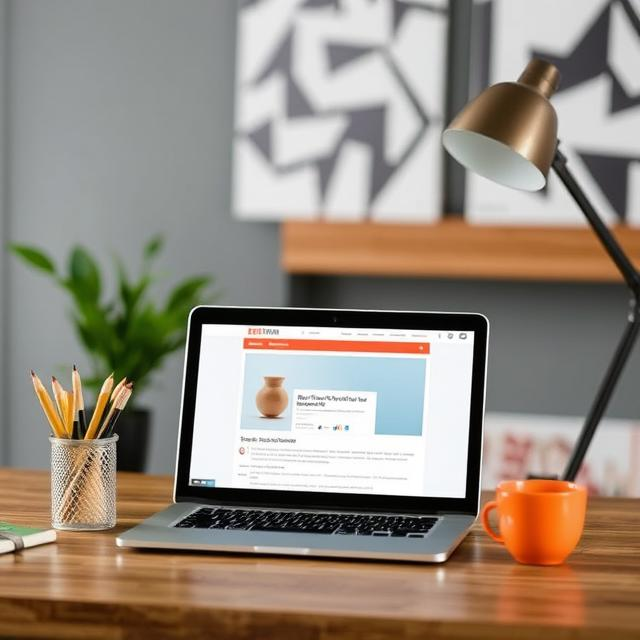
Visual content plays a crucial role in making blog posts more engaging, memorable, and shareable. A well-balanced combination of text and visuals can significantly improve readability, boost audience retention, and increase the likelihood of social media shares. Here’s how you can enhance your blog posts with visual content.
1. Use High-Quality Images
Images break up large blocks of text and make your content more visually appealing. Use high-resolution, relevant images that complement your message. Consider:
- Stock Photos: Websites like Unsplash and Pexels offer free high-quality images.
- Original Photos: Personal images add authenticity and uniqueness to your content.
- AI-Generated Images: Tools like DALL·E or MidJourney can create custom visuals for your posts.
2. Incorporate Infographics
Infographics help convey complex information in a visually digestible format. They are great for summarizing statistics, comparisons, and step-by-step guides. Tools like Canva, Piktochart, or Venngage make it easy to create professional infographics.
3. Embed Videos for Deeper Engagement
Videos can boost engagement by providing an interactive way to present information. Options include:
- Tutorials & How-To Videos – Demonstrate step-by-step processes.
- Explainer Videos – Summarize topics concisely.
- Customer Testimonials – Increase trust and credibility.
You can embed videos from YouTube, Vimeo, or your own hosting platform.
4. Add Data Visualization (Charts & Graphs)
If your blog includes statistics or analytical insights, using charts and graphs makes the data easier to understand. Use tools like:
- Google Charts
- Datawrapper
- Microsoft Excel or Google Sheets
5. Use GIFs and Memes to Add Personality
GIFs and memes help add humor and relatability to your content. They work well in casual or entertainment-based blog posts but should align with your brand tone. Websites like Giphy provide a vast selection of GIFs.
6. Leverage Screenshots for Tutorials
If you’re writing a tutorial or a guide, annotated screenshots can make explanations clearer. Use tools like:
- Snagit
- Lightshot
- Greenshot
7. Optimize Visuals for SEO
To ensure your images contribute to your blog’s ranking:
- Use descriptive filenames (e.g., “blog-seo-tips.png” instead of “IMG1234.png”).
- Add alt text for accessibility and search engines.
- Compress images using tools like TinyPNG or ImageOptim to improve page speed.
8. Create Custom Illustrations & Icons
Custom illustrations make your content stand out and reinforce branding. Tools like Adobe Illustrator, Canva, or Figma help in creating unique visuals.
